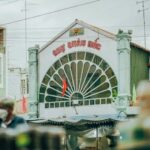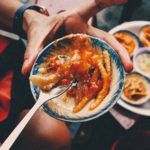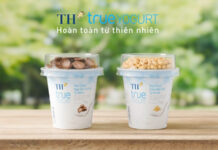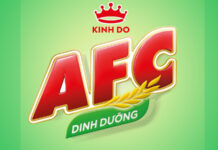Cho Chu – A Timeless Market
According to local residents, Cho Chu used to have fixed main sessions on the “second, fifth, seventh, and ninth” days (specifically, the 2nd, 5th, 7th, 9th, 12th, 15th, 17th, 19th, 22nd, 25th, 27th, and 29th of every lunar month). On these days, the market was bustling with vendors and shoppers, carrying the distinctive atmosphere of the Red River Delta region. It served as a meeting and trading place for people from Hung Cong, Bo De, and Ngoc Lu villages.
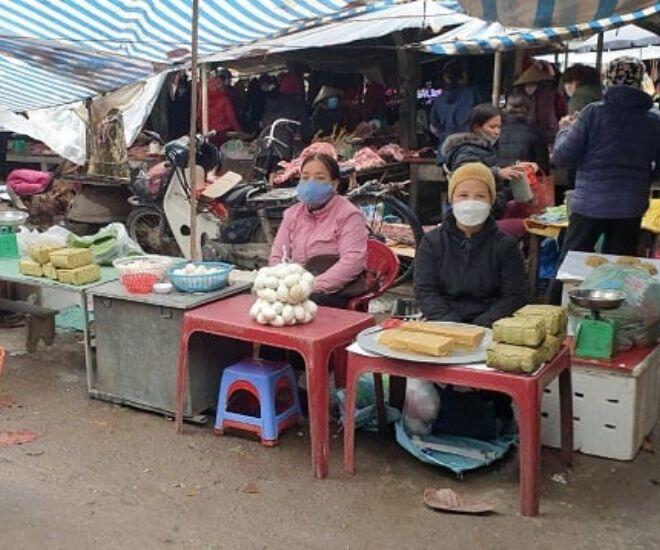
With societal development and increasing trade demands, the locals organized a “market wedding” and added more sessions to meet the growing needs. Nowadays, Cho Chu market is bustling almost every day, vibrant and lively with vendors and shoppers, becoming a familiar destination for people in the area. While various goods, agricultural products, and pastries are sold here, the humble banh beo (water fern cake) stall, tucked away in a corner, is always bustling with customers, testifying to the irresistible appeal of this rustic treat.
Cho Chu’s Banh Beo – A Taste of Nostalgia
Amidst the bustling atmosphere of Cho Chu market, the banh beo stands out as a culinary highlight, attracting diners with its distinctive flavor and unique preparation process. This dish, named after the local market, has become a culinary symbol and an integral part of the memories and daily lives of Ngoc Lu residents, leaving a deep impression on those who have tasted it. Perhaps what makes banh beo Cho Chu so memorable, longed for, and anticipated by locals and visitors alike is its uniqueness, found nowhere else in this humble yet delightful rural treat.
Unlike many other traditional cakes that are usually wrapped simply in leaves, banh beo Cho Chu stands out with its distinct shaping process, requiring precision and experience. The first highlight is the use of molds. The molds for making banh beo Cho Chu are typically made of wood or, occasionally, a thin bamboo strip smoothly shaved and bent closed to form a boat shape. The mold not only helps shape the cake but is also a secret to achieving its characteristic soft and graceful curves.
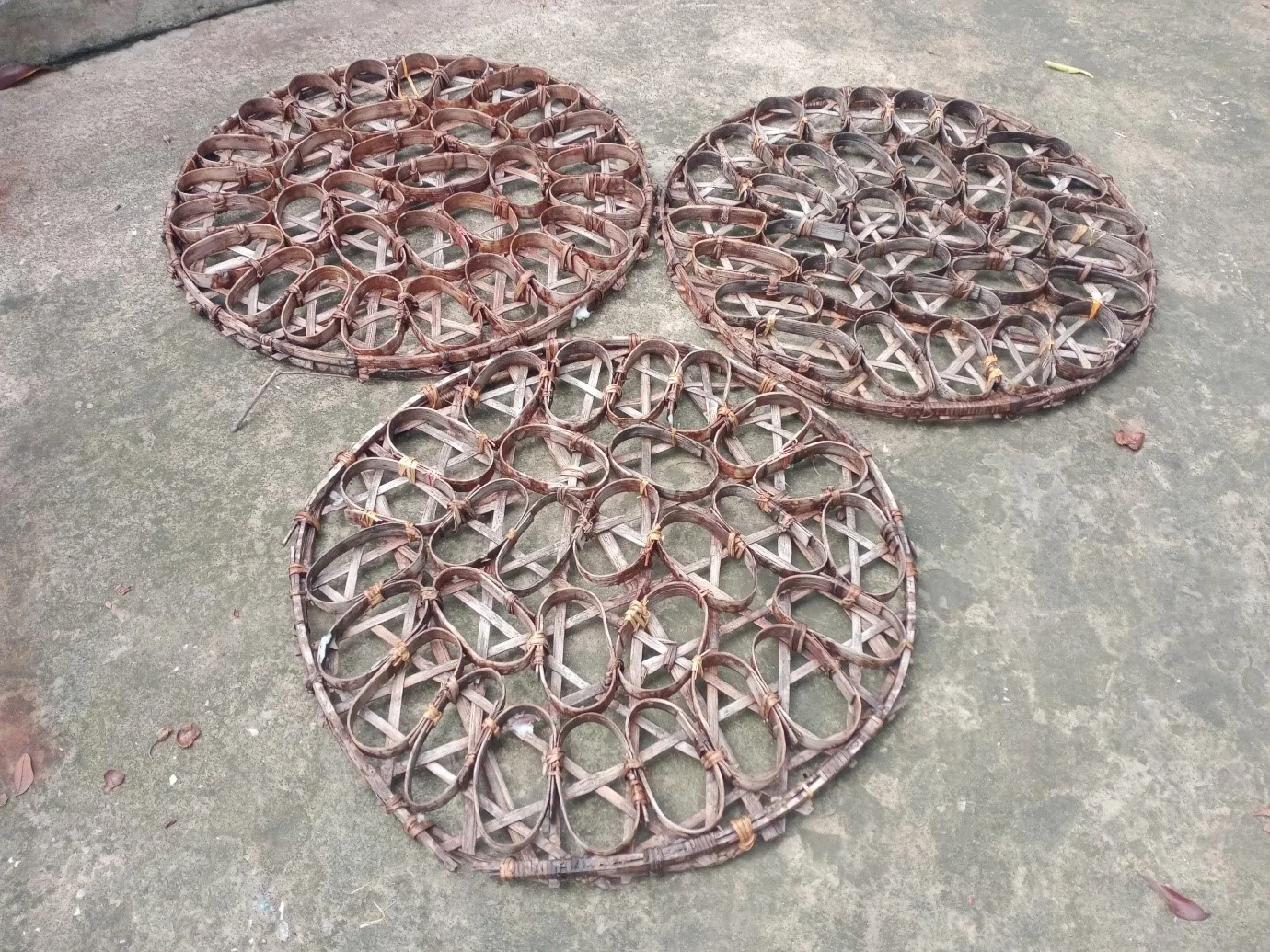
The leaf used for wrapping is also carefully selected. Locals only use la dong (phrynium leaves), a type with small leaves and a deep green color, exuding a distinctive aroma. These leaves are cut, washed, and briefly boiled. This process softens and toughens the leaves, ensuring they don’t tear during cake-making while retaining their natural green color when steamed. After boiling, the la dong leaves are skillfully cut and folded at both ends to form a boat shape and then placed neatly into the molds. Although not overly complicated, each step in this process demands meticulousness and dexterity from the cake maker, contributing to the beauty and uniformity of each cake.
The core element determining the quality of banh beo is the cake batter. Banh beo Cho Chu uses finely selected local rice flour. This type of rice is carefully chosen to ensure that the cakes are not too sticky or mushy, maintaining a moderate chewiness and a rich flavor that doesn’t become cloying even when eaten in abundance.
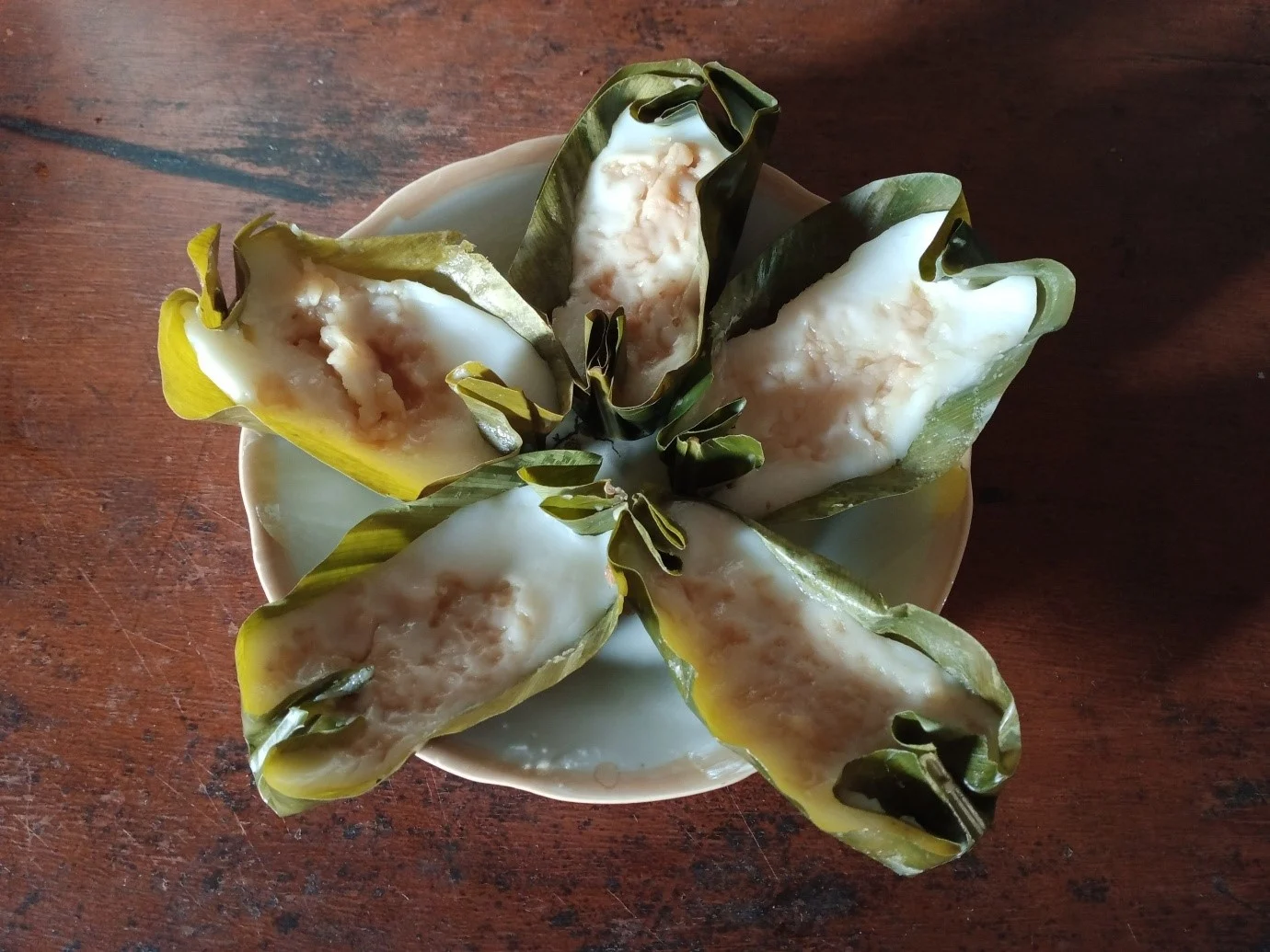
However, the most challenging step, requiring the most experience and subtlety, is mixing the batter. The local rice flour is mixed with warm water and then continuously stirred by hand to prevent lumps. The consistency of the batter must be precisely adjusted—not too thick, which would make the cakes hard, nor too thin, which would cause them to lose their shape and necessary chewiness. Once the batter is smoothly mixed and reaches the right consistency, it is gently poured into the prepared molds lined with la dong leaves and steamed. The steam and temperature must be carefully controlled to ensure even cooking, maintaining the cakes’ softness and natural elasticity.
The filling of banh beo Cho Chu also exemplifies the rural culinary philosophy of “less is more.” Unlike the intricate fillings of many other cakes, banh beo Cho Chu’s filling is remarkably simple, yet it accentuates the pure flavors of rice and la dong leaves. Typically, the filling is just golden and fragrant sautéed scallion oil. On more elaborate occasions, the cake maker may add a small amount of minced lean pork and just enough seasoning, stir-frying the mixture until it’s cooked and exuding a savory aroma.

Interestingly, the filling is not added at the beginning but skillfully sprinkled on top of the cakes just as they finish steaming. The residual heat from the cakes gently cooks the filling, creating a perfect harmony of flavors—a combination of fragrance, richness, and depth. The blend of the cakes’ moderate chewiness, the pure flavor of the local rice, the freshness of la dong leaves, and the aromatic filling results in an irresistible appeal. Diners can enjoy multiple cakes without feeling overwhelmed.
The allure of banh beo Cho Chu stems not only from its flavor but also from its cultural and emotional value. Perhaps it is the rustic, pure, and refined flavors of this rural treat that create an indelible impression, unlike any other delicacy from other regions. For this reason, banh beo Cho Chu is always in high demand at every market session and during festivals and gatherings in the village. On several occasions, the cakes have sold out early, attesting to their immense popularity.
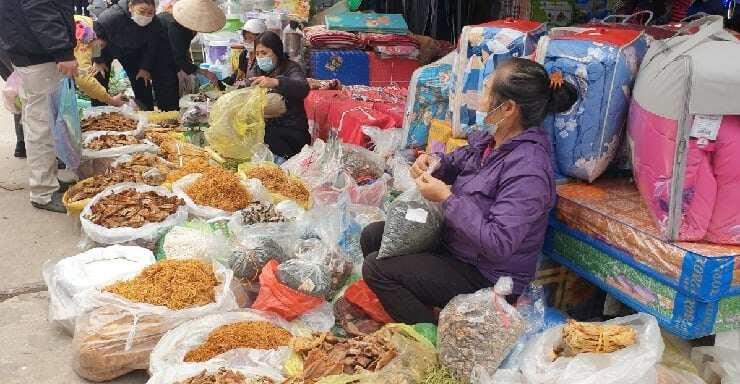
However, beyond its culinary value, banh beo Cho Chu also holds a “sentimental imprint” in the memories of multiple generations of Cho Chu and Ngoc Lu villagers. It evokes memories of childhood longings for treats brought by grandmothers and mothers returning from the market. It symbolizes a time of hardship and scarcity, as well as turbulent years of war, when this simple cake became a source of comfort and a flavor of peace and hope.
Therefore, whenever the children of Cho Chu and Ngoc Lu villages, now living away from their hometown, mention banh beo Cho Chu, they often get emotional, longing to return and taste that familiar flavor again. Banh beo Cho Chu nourishes not only the body but also the soul, serving as a powerful connection to their roots and beloved homeland.
The Alluring Appeal of Vietnamese Cuisine: Liu Yifei’s 80 Million View Moment
“Chinese actress Liu Yifei, also known as Fairy Sister, caused a stir on Weibo when she was spotted at a casual Vietnamese restaurant in France, indulging in the famous pho. The rare glimpse into her everyday life delighted fans and once again brought Vietnamese cuisine, especially pho, into the spotlight in China.”
The Vibrant An Giang Floating Market: A Source of Pride for the “Fish Sauce Capital”
Nestled in the heart of Chau Doc city, An Giang province, Chau Doc Market is a must-visit destination when exploring the enchanting Southwest region of Vietnam. Beyond being a bustling commercial hub, the market is renowned as the “Kingdom of Fish Sauce” and a melting pot of diverse cultures and unique culinary delights from the lush riverine landscape.


























